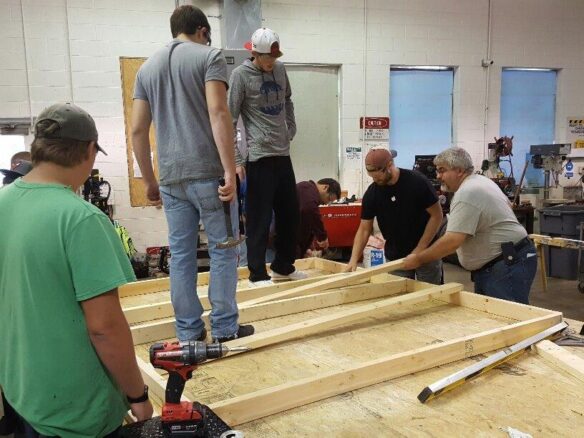
Knott County students and carpentry instructor hard at work in the early stages of framing their tiny house. Photo courtesy of Dessie Bowling.
Six years ago, former Kentucky Valley Educational Cooperative (KVEC) Associate Director Dessie Bowling had an idea for a sustainable program that would give area technology center (ATC) students an opportunity to build tiny houses in eastern Kentucky. Tiny homes often consist of less than 400 square feet of floor area and are regarded as a potential eco-friendly solution to the existing housing industry, as well as a more affordable transitional option for individuals experiencing a lack of shelter.
With the help of Jeff Hawkins, former executive director of KVEC, Bowling was able to bring her vision, called Building it Forward: Tiny House Project, to life.
KVEC is one of eight education cooperatives in Kentucky and consists of 25 school districts. In 2014, the cooperative won a $30 million Race to the Top grant from the U.S. Department of Education to fund innovation and personalized education in classrooms throughout eastern Kentucky.
Prior to the grant, local ATCs had limited funding and were struggling to keep vocational students engaged.
“Building it Forward: Tiny House Project came about as a way to personalize learning for vocationally minded students and keep them involved in school and, most importantly, actively engaged in learning a skill they saw as having a meaningful impact on their lives postsecondary,” said Bowling.
Bowling said Don Page, the only vocational teacher at Phelps High School (Pike County), found a way to involve the entire Phelps community in this program.
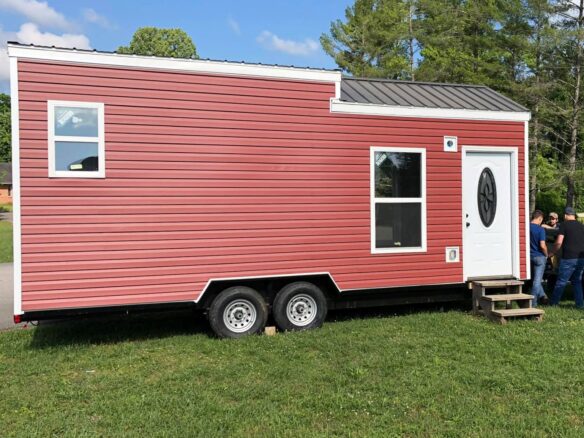
Students from Lee County ATC, along with the help of students from Wolfe and Owsley County, built this tiny home in 2019, which later withstood a tornado in Kingsley, Iowa. Photo courtesy of Dessie Bowling.
“I think his love for the work shows through his students. His students are there rain or shine,” said Bowling.
After talking with the local ATC principals, Bowling developed the Building it Forward program with specific objectives and a long-term goal of the work being sustainable. Students can learn skills in carpentry, plumbing, electricity and heating, ventilation and air conditioning (HVAC) as they design and build the tiny houses. Business students can learn about finance, as well as staging and marketing.
In addition to learning their core standards, students can develop essential skills such as problem solving, creative thinking and teamwork.
The tiny houses are put up for auction by former Knott County ATC principal Danny Vance, who is now Building it Forward’s project manager. The money earned from selling the homes goes back to the schools to complete a new house each year, making the program sustainable for future classes.
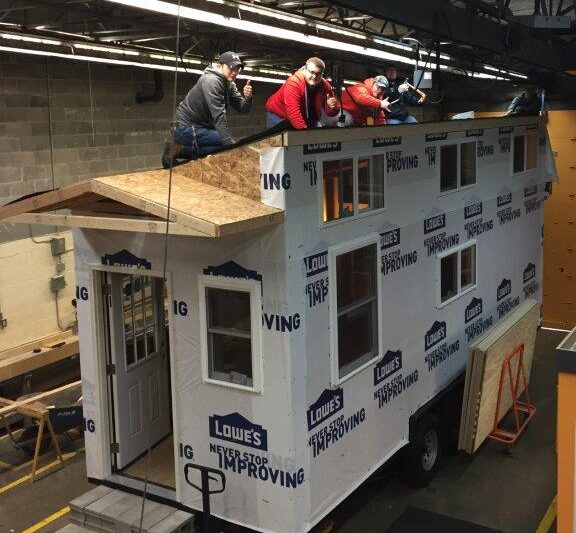
Students from Phelps High School work on the roof of their tiny house. Photo courtesy of Dessie Bowling.
In its first year, the program was able to give three competitive grants of $15,000 each to local ATCs for the tiny house construction.
After submitting an application, students researched all the building regulations for tiny houses, design a floor plan and submit a budget. The students presented their plan in front of a panel comprised of local businesspeople, federal grant program officers and Integrity Architecture, a Lexington based company with eastern Kentucky roots.
The panel selected Knott County ATC, Phelps High School and Lee County ATC with students from Owsley and Wolfe counties. The groups documented their construction with video and pictures.
Students first showcased their completed homes at the Pike County Expo Center on April 12, 2017.
The student-created tiny homes can be found as far as Pismo Beach, Calif., Williamsburg, Va. and multiple states in between.
The Harlan County Fiscal Court bought three homes to be used as transitional housing for people in recovery. Students at Harlan County High School are leading an effort to create a tiny home community for homeless students and individuals getting out of drug rehabilitation.
Another tiny home built at the Lee County ATC in 2019 by students from Lee, Wolfe and Owsley counties was sent to Kingsley, Iowa, where it withstood a tornado.
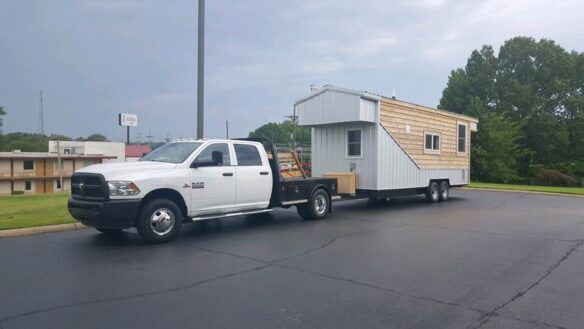
A tiny house built by Phelps High School students (above) along with guidance from their instructor, Don Page, the only vocational instructor at Phelps High School, was later moved to Pismo Beach, Calif. Photo courtesy of Dessie Bowling.
This school year, six ATCs are building tiny houses in various designs.
Phelps High School’s tiny home features a bedroom on the main level, a stackable washer and dryer unit and a full-size shower. Lee County ATC constructed a custom 200-square-foot house that will be delivered to an 81-year-old woman from West Virginia. Knott County ATC constructed a gooseneck, a trailer in which the forward part is arched like a goose’s neck, that is the first of its kind in the region. Breathitt County ATC completed a log cabin-style home, which sold the same day it was listed for a record-breaking $39,995.
Floyd County ATCs has a beautiful interior, and Martin County ATC worked with Boxvana, a manufacturer specializing in workforce housing that is affordable, hurricane safe, sustainable, modern and contemporary. They used a building material called Litepan, a high-performance composite that is reusable, recyclable, durable, strong and lightweight.
“Someone asked me what legacy I would be leaving when I retired,” said Bowling. “Building it Forward is a legacy I am proud to leave. I believe the work completed by the ATCs’ staff and students have had a significant impact in our rural region.”

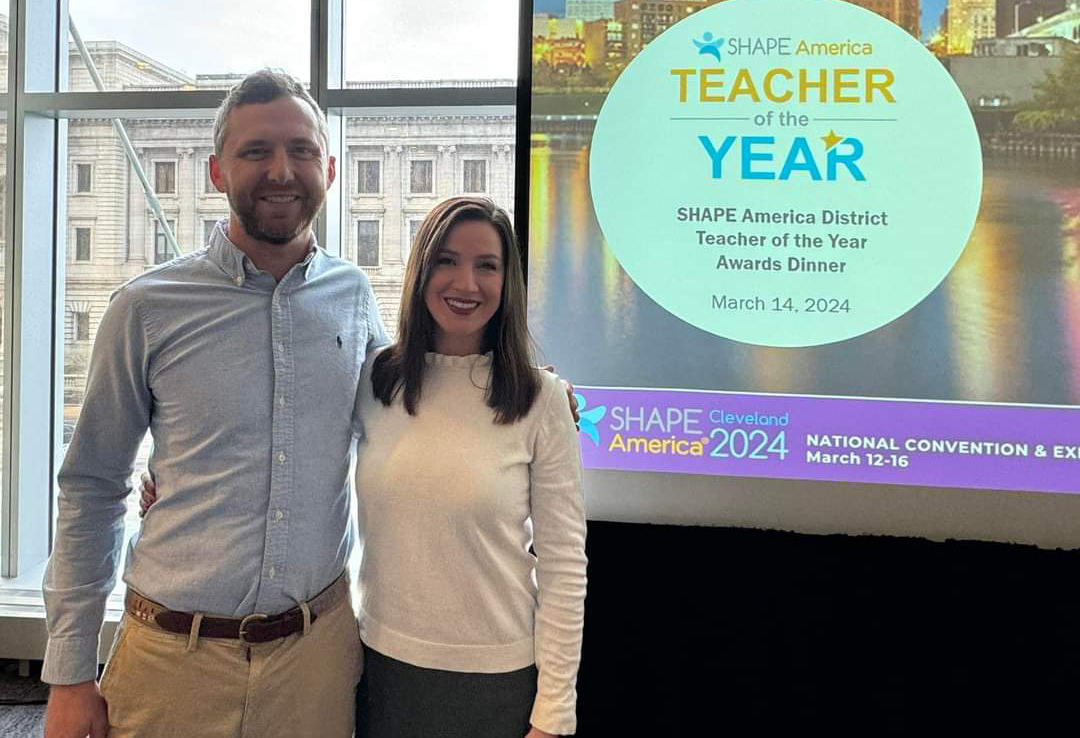
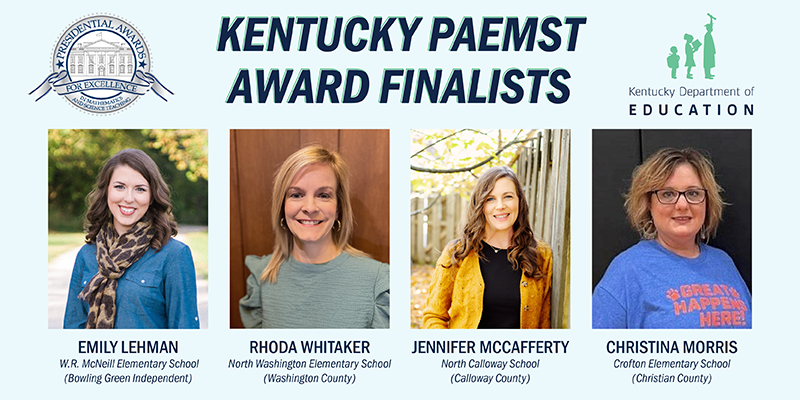
This is such an awesome project! Teaching the students marketable skills AND providing a service which responds to a specific niche. I’d love to have a one-level tiny home here in Lexington. I’d need it to be on a permanent foundation instead of on wheels. I hope someday we see more of such since the Accessory Dwelling Unit proposal passed here in Fayette County last fall. I’m surprised Habitat for Humanity isn’t building tiny houses for single people like me.